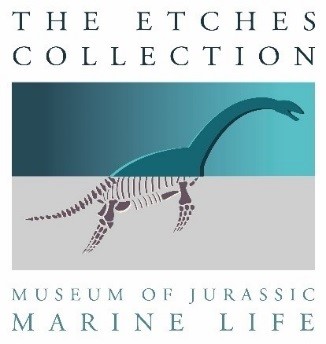Charles Darwin and his missing barnacles: new evidence from the Late Jurassic of Dorset?
/Within the 157-152 million year old Kimmeridge Clay Formation we occasionally find unusual fossils like barnacles.
Five new species, one of which is named after its finder Steve Etches (Etcheslepas durotrigensis) have been uncovered to date including some with part of the original shell colour preserved.
Despite appearing “shell-like”, barnacles are actually crustaceans more closely related to shrimps, crabs and lobsters. Barnacles glue themselves to anything they come into contact with using a natural type of fast setting superglue. Their shells are made up of white plates of protective calcite and their “legs” are feather shaped “cirri” which stick out the top of the barnacle and collect food.
Charles Darwin was fascinated by barnacles and wrote a very lengthy book on them in which he predicted a certain type of undiscovered barnacle should be present in the Jurassic. Steve Etches has now discovered this missing link in the Kimmeridge Clay Formation.
Watch the full story by clicking on the You Tube video link above where Steve Etches presents the story of Darwins missing barnacles and shows some of the best-preserved fossils in the museum collection.
The Etches Collection Museum is located in Kimmeridge, Dorset on the World Heritage Coast and contains a nationally accredited and designated collection of over 2500 fossils from the Upper Jurassic Kimmeridge Clay Formation. The collection provides a major resource for education and research as well as being a major tourist attraction.

